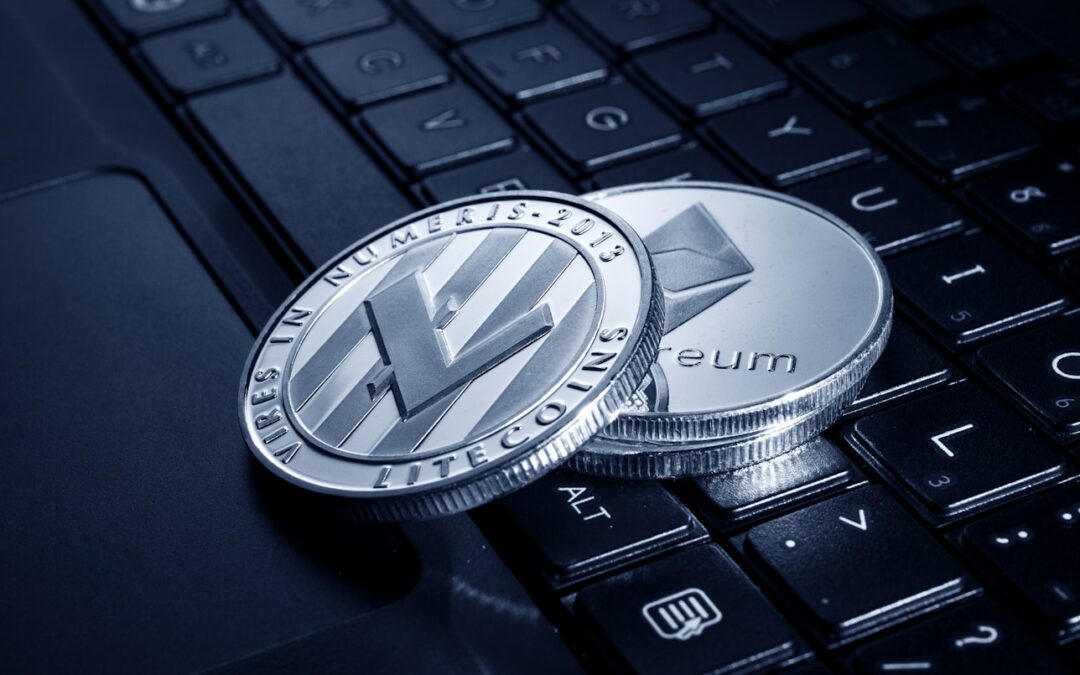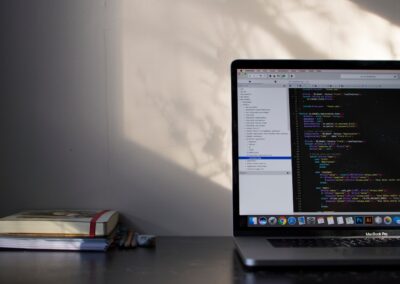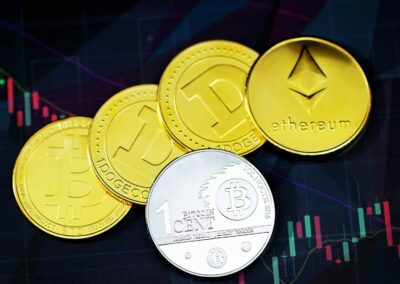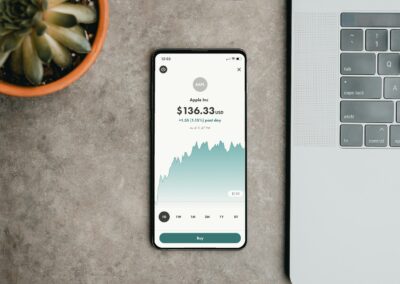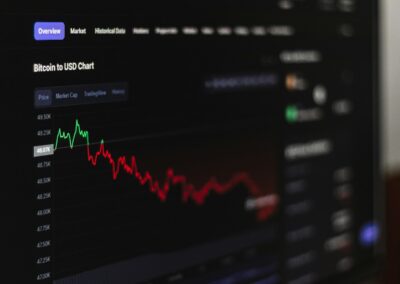Exploring the Factors Behind Virtual Asset Valuation
The Impact of Scarcity on Virtual Asset Value
The valuation of virtual assets in the Metaverse is significantly influenced by scarcity. Just as with physical collectibles and rare items, the limited availability of certain virtual assets can drive up their value. In the digital realm, scarcity is often artificially created by developers to enhance the perceived value of items. For instance, a virtual sword in a popular game might be available in only a few dozen copies, making it a highly coveted item among players.
In regions like Saudi Arabia and the UAE, where digital transformation is rapidly progressing, understanding the dynamics of virtual asset valuation can offer new investment opportunities. The Metaverse, powered by technologies such as Blockchain and AI, allows for the creation and management of these scarce digital items in a transparent and secure manner. Blockchain, in particular, ensures that the scarcity of an asset is verifiable and immutable, providing confidence to investors and collectors.
Moreover, the concept of scarcity extends beyond gaming to virtual real estate, art, and even experiences. In cities like Riyadh and Dubai, virtual real estate in the Metaverse is becoming increasingly popular. These virtual plots of land, often limited in number, can be developed into virtual stores, event spaces, or residential areas, mirroring the high-demand real estate markets in these cities. As the Metaverse evolves, the scarcity of such assets will continue to play a crucial role in their valuation.
Demand as a Driving Force for Virtual Asset Valuation
Demand is another critical factor that drives the valuation of virtual assets in the Metaverse. High demand for specific virtual items, collectibles, or real estate can significantly increase their market value. This demand is often fueled by the cultural, social, or functional significance of the asset within the virtual environment. For example, a rare outfit for an avatar in a popular Metaverse game may see high demand due to its status symbol among players.
In the context of business and investment, understanding the demand dynamics within the Metaverse can provide valuable insights. For business executives and entrepreneurs in Dubai and Riyadh, this means recognizing which virtual assets are likely to become sought after and investing in them early. Demand can be influenced by several factors, including the popularity of the platform, the functionality of the asset, and the community’s engagement with it.
Additionally, marketing strategies can play a significant role in driving demand for virtual assets. Leveraging social media, influencer endorsements, and virtual events can create hype around specific items, leading to increased demand and higher valuations. In the UAE, where digital marketing and influencer culture are well-established, these strategies can be effectively employed to boost the value of virtual assets.
The Role of Utility in Valuing Virtual Assets
Utility, or the practical use of a virtual asset within the Metaverse, is another essential factor influencing its valuation. Virtual assets that offer tangible benefits, such as enhancing gameplay, providing exclusive access to certain areas, or improving an avatar’s capabilities, tend to hold higher value. For example, a virtual vehicle that allows faster travel within the Metaverse can be more valuable than a purely aesthetic item.
In the business world, the utility of virtual assets can extend to virtual real estate used for hosting corporate meetings, virtual stores, or training sessions. In regions like Saudi Arabia and the UAE, where businesses are increasingly adopting digital solutions, the practical applications of virtual assets can enhance their value. Companies investing in virtual real estate or tools within the Metaverse can offer unique experiences to their customers and employees, driving business success.
Moreover, the utility of virtual assets can be augmented by continuous development and integration with other technologies. For instance, integrating AI with virtual assets can provide personalized experiences for users, further enhancing the asset’s value. In Riyadh and Dubai, where there is a strong focus on technological innovation, the utility of virtual assets can be a significant driver of their valuation.
Strategic Approaches to Investing in Virtual Assets
Assessing Market Trends and Opportunities
To effectively invest in virtual assets, it is crucial to assess market trends and identify opportunities within the Metaverse. This involves analyzing which platforms and assets are gaining popularity and understanding the underlying factors driving their demand and value. Business executives in Saudi Arabia and the UAE, known for their forward-thinking approach, can leverage data analytics and AI to gain insights into market trends.
By staying informed about emerging trends, businesses can make strategic investments in virtual assets that are likely to appreciate in value. For example, virtual real estate in rapidly growing Metaverse platforms can offer significant returns as demand for digital spaces increases. Additionally, keeping an eye on technological advancements can help investors identify assets with high utility and potential for integration with other digital solutions.
Furthermore, collaborating with experts in the field, such as executive coaching services specializing in digital transformation, can provide valuable guidance on navigating the complex Metaverse landscape. These professionals can offer insights into the latest developments, investment strategies, and risk management practices, ensuring that businesses make informed decisions.
Building a Diversified Virtual Asset Portfolio
Diversification is a key strategy for mitigating risks and maximizing returns in virtual asset investments. Just as with traditional investments, spreading investments across different types of virtual assets can help manage risks associated with market volatility. This includes investing in a mix of virtual real estate, collectibles, utility-based assets, and platform-specific items.
In regions like Dubai and Riyadh, where investment portfolios often include diverse assets, incorporating virtual assets can be a logical extension. By diversifying their virtual asset portfolio, businesses can benefit from the growth of multiple segments within the Metaverse. This approach not only spreads risk but also increases the chances of capitalizing on high-growth opportunities.
Moreover, engaging with platforms that offer decentralized finance (DeFi) solutions can provide additional investment avenues within the Metaverse. DeFi platforms, powered by Blockchain, enable users to lend, borrow, and earn interest on virtual assets, adding another layer of utility and value. For business executives and entrepreneurs, understanding and leveraging these financial tools can enhance their investment strategies.
Navigating Regulatory and Security Considerations
Investing in virtual assets also requires careful consideration of regulatory and security aspects. As the Metaverse evolves, governments and regulatory bodies in regions like Saudi Arabia and the UAE are likely to introduce frameworks to govern virtual asset transactions and ownership. Staying abreast of these regulations is crucial for businesses to ensure compliance and protect their investments.
Security is another critical consideration. The decentralized nature of Blockchain offers enhanced security for virtual assets, but it also presents new challenges. Businesses must invest in robust cybersecurity measures to protect their virtual assets from fraud and cyber threats. This includes implementing multi-factor authentication, secure storage solutions, and regular security audits.
Furthermore, collaborating with industry stakeholders, including public-private partnerships, can enhance the security and regulatory compliance of virtual asset investments. These partnerships can provide access to resources, expertise, and support necessary for navigating the complex regulatory landscape and ensuring the security of virtual assets.
Conclusion: Embracing the Future of Virtual Asset Valuation
The valuation of virtual assets in the Metaverse is influenced by factors such as scarcity, demand, and utility. For business executives, mid-level managers, and entrepreneurs in regions like Saudi Arabia, UAE, Riyadh, and Dubai, understanding these dynamics is crucial for making informed investment decisions. By leveraging advanced technologies like AI and Blockchain, businesses can navigate the Metaverse landscape, capitalize on emerging opportunities, and drive business success.
Effective strategies for investing in virtual assets include assessing market trends, building a diversified portfolio, and navigating regulatory and security considerations. By embracing these approaches, businesses can enhance their investment strategies, mitigate risks, and maximize returns. As the Metaverse continues to evolve, the potential for industry collaboration and innovation offers unprecedented opportunities for growth and success.
—
#VirtualAssets #Metaverse #BusinessSuccess #Leadership #Management #SaudiArabia #UAE #Riyadh #Dubai #AI #Blockchain #DigitalTransformation #ExecutiveCoaching

